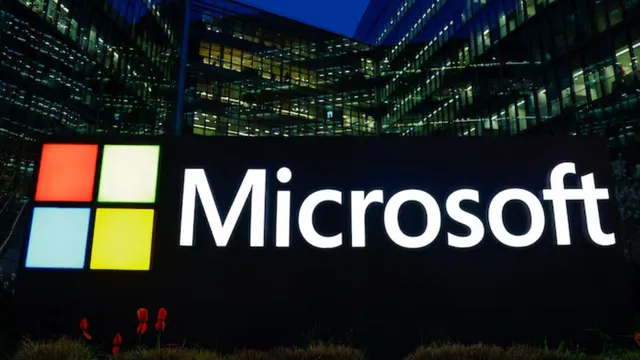- By Alex David
- Sun, 05 Oct 2025 11:07 PM (IST)
- Source:JND
Artificial intelligence is transforming biotechnology, but with new power comes new risks. A recent Microsoft-backed study has raised alarms after researchers demonstrated how AI tools could be tricked into helping design toxic proteins. To counter this, Microsoft proposed a partial “patch” for DNA synthesis screening systems, but experts warn the solution is far from perfect—highlighting a deeper biosecurity arms race.
Microsoft’s DNA Security Patch: A First Step
According to Adam Clore, director of technology R&D at Integrated DNA Technologies (IDT) and a coauthor of the Microsoft report, the patch is only an initial safeguard. “The patch is incomplete, and the state of the art is changing,” Clore said. “But this isn’t a one-and-done thing. It’s the start of even more testing. We’re in something of an arms race.”
ALSO READ: Xiaomi 17 Pro Max Vs iPhone 17 Pro Max: Flagship Rivalry Reaches New Heights
Researchers kept some details of their experiment secret to avoid misuse, including which toxic proteins they subjected AI to testing; however, proteins such as ricin derived from castor beans or infectious prions linked to mad-cow disease are well-documented threats.
Why Stronger Screening Matters
Experts say the findings highlight a pressing need for stronger nucleic acid synthesis screening procedures. “This finding, combined with rapid advances in AI-enabled biological modelling, demonstrates the clear and urgent need for enhanced screening coupled with enforcement and verification,” said Dean Ball, a fellow at the Foundation for American Innovation.
DNA order screening is already considered a cornerstone of U.S. biosecurity. In May 2024, President Trump signed an executive order calling for an overhaul of biological research safety measures. However, new guidelines have yet to be released.
ALSO READ: Lava Agni 4 Teased: Successor To Agni 3 Coming In November
Criticism From AI Safety Experts
Not everyone is convinced Microsoft’s patch addresses the real risks. Michael Cohen, an AI safety researcher at UC Berkeley, argues that malicious actors could disguise dangerous sequences to bypass DNA screening entirely.
“The challenge appears weak, and their patched tools fail a lot,” Cohen said. “There seems to be an unwillingness to admit that sometime soon, we’re going to have to retreat from this supposed choke point.”
Cohen believes biosecurity protections should be built directly into AI systems themselves—limiting the type of information AI can provide—rather than relying solely on DNA manufacturers as gatekeepers.
The Bigger Picture: Controlling AI vs DNA
Despite criticism, Clore maintains that DNA manufacturing remains a viable point of defense, since only a handful of companies in the U.S. dominate the sector and already work closely with the government. By contrast, the technology needed to train and run large AI models is far more widespread and decentralized.
“You can’t put that genie back in the bottle,” Clore said. “If you have the resources to try to trick us into making a DNA sequence, you can probably train a large language model.”
Bottom Line
Microsoft’s patch for DNA screening is only a partial solution in a rapidly evolving AI-biosecurity landscape. While some experts see DNA synthesis monitoring as a strong defense, others argue that real protection must come from inside AI systems themselves. What’s clear is that the race between innovation and security is only accelerating—and the stakes couldn’t be higher.

